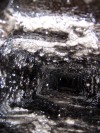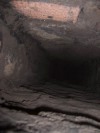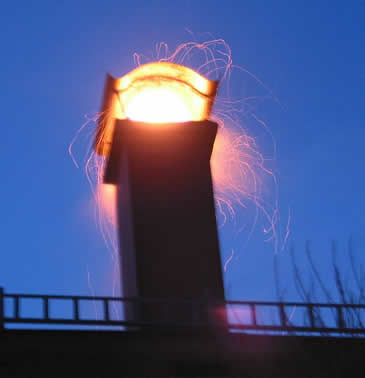All keywords
Chimney Fires
With ever-increasing fuel costs, heating with wood has again become very popular. But this increased use of wood-heating equipment brings with it the need for constant, careful attention to assure the safe and efficient use of this heat source. 
Fireplaces and wood stoves are designed to safely contain wood-fueled fires, while providing heat for a home. The chimneys that serve them have the job of expelling the by-products of combustion - the substances given off when wood burns.
Creosote accumulation, which is described in "Wood Stove Maintenance and Operation", is the main reason for cleaning a chimney. If the buildup of creosote on the chimney's inside surface ignites, a chimney fire results. Chimneys need cleaning to prevent this buildup and thus reduce 
A chimney fire is the combustion of residue deposits referred to as creosote, on the inner surfaces of chimney tiles, flue liners, stove pipes, etc. The process begins with the incomplete combustion of fuel in the attached appliance, usually a wood or coal stove. The unburned volatiles are heated to the vapor state but not consumed due to a lack of adequate heat and oxygen within the appliance. These volatile distillates escape into the chimney, where they contact cooler surfaces and condense into tar-like deposits. Successive layers accumulate until either the chimney plugs completely, or the chimney reaches a temperature and oxygen level at which the deposit will ignite. Due to the concentrated level of volatile material now present, these fires tend to burn very hot. The high temperatures stress the mechanical strength of the chimney causing distortion of metal structures, and failure of ceramic structures.
 The extremely high temperatures (up to 1.200 degrees C. inside the chimney) of a chimney fire can damage the chimney. The heat can warp metal chimneys and crack the tile liner on masonry chimneys. Never use water on an extremely hot chimney fire, since this quick cooling can also crack the tile liner or warp the metal chimney.
The extremely high temperatures (up to 1.200 degrees C. inside the chimney) of a chimney fire can damage the chimney. The heat can warp metal chimneys and crack the tile liner on masonry chimneys. Never use water on an extremely hot chimney fire, since this quick cooling can also crack the tile liner or warp the metal chimney.
Causes of the deposits which lead to chimney fires include using green/wet fuels, the operation of appliances with insufficient air intake, and low operating temperatures for prolonged periods followed by hot fires. Such practice typically occurs when mild weather periods are followed by cold snaps.
This article is already 216144 Once seen.